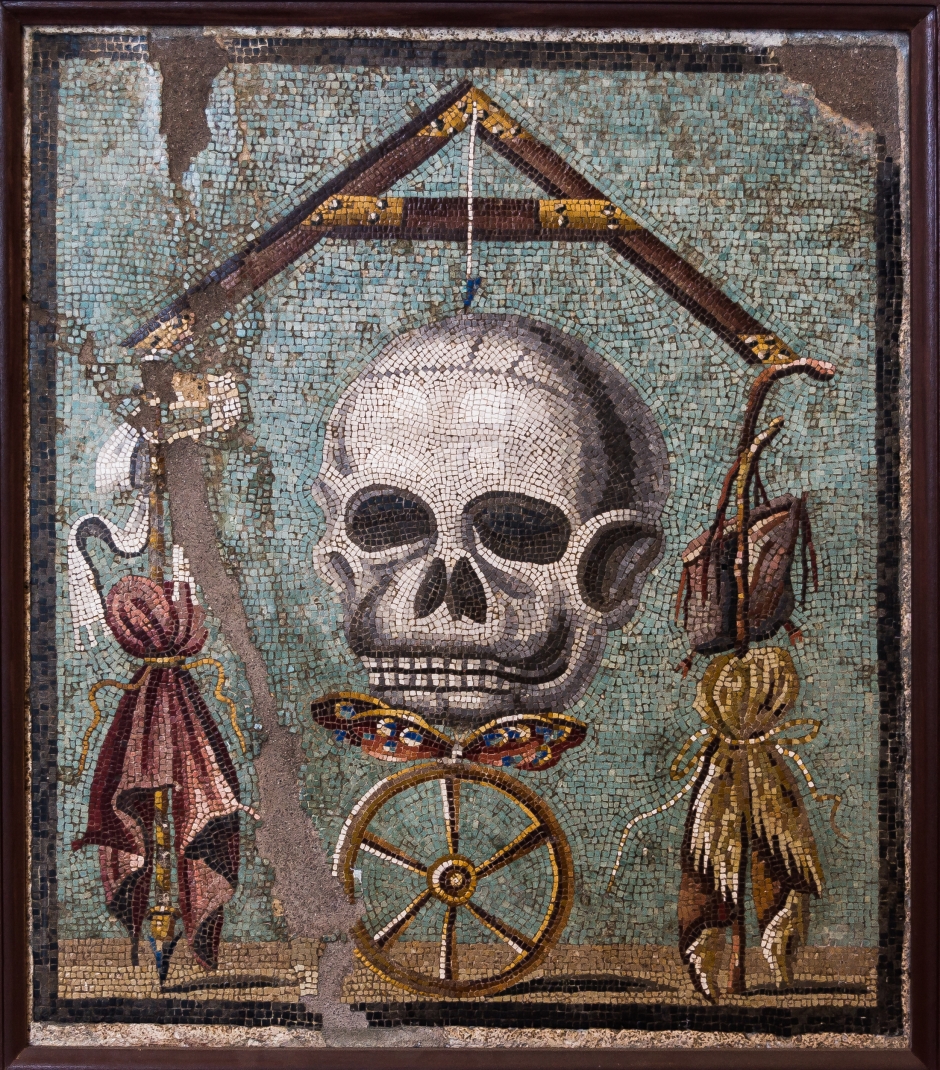Zombies, pervasive in contemporary culture, stand as poignant metaphors for the illusions and dualities that define an ego driven culture. These entities, often depicted as ravenous undead, symbolize the never-ending cycle of insatiable appetite and senseless pursuit, encapsulating the endless pursuit of illusions inherent in a dualistic worldview.
Philosopher Slavoj Žižek insightfully remarked that the undead represent “natural instincts transformed into a monstrous drive that can never be fully satisfied.” This profound observation unravels the core of what zombies signify – a monstrous drive within humanity, an unquenchable and relentless appetite. Zombies, in this light, embody the shadow symbols breaking through the consciousness of our ego-driven culture, manifesting as a rebellion of the undead.
Continue reading “Zombies: Symbols of Ego-Driven Illusions and the Path to Awakening”







